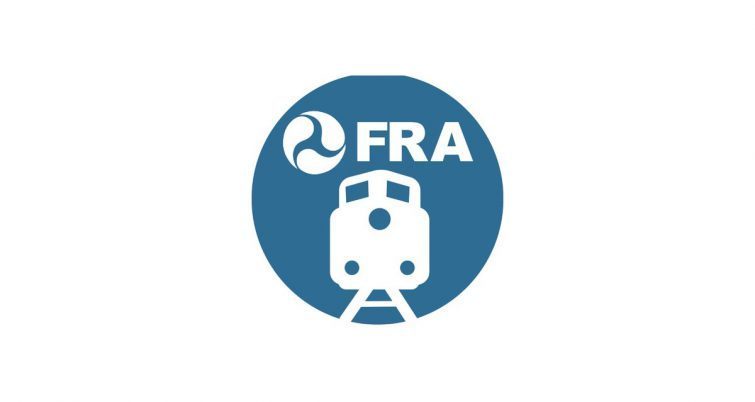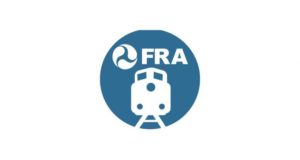FRA Announces $8.2B For 10 Passenger Rail Projects
Written by Jennifer McLawhorn, Managing Editor
WASHINGTON, D.C. – The Federal Railroad Administration (FRA) announced it has awarded $8.2 billion for 10 passenger rail projects.
The Federal Railroad Administration (FRA) announced it has awarded $8.2 billion for 10 passenger rail projects, according to a news release from the U.S. Department of Transportation. These funds build on investments last month totaling $16.4 billion for 25 projects along “America’s busiest rail corridor.” Through the Federal-State Partnership for Intercity Passenger Rail (Fed-State National) Program, these project will advance two high-speed rail corridors and also will:
- Help deliver high-speed rail service in California’s Central Valley
- Create a brand-new high-speed rail corridor between Las Vegas, Nevada, and southern California, serving an estimated 11 million passengers annually
- Make major upgrades to existing conventional rail corridors to better connect Northern Virginia and the Southeast with the Northeast Corridor
- Expand and add frequencies to the Pennsylvania Keystone Corridor between Philadelphia and Pittsburgh
- Extend the Piedmont Corridor in North Carolina north, as part of a higher-speed connection between Raleigh and Richmond, Virginia
- Invest in Chicago Union station, as an initial step toward future improvements to the critical Midwest corridors hub
- Improve service in Maine, Montana, and Alaska
Below is a PDF of the FY22-23 Federal-State Partnership (National) Grant Program Selections:
U.S. Transportation Secretary Pete Buttigieg stated: “Today, the Biden-Harris Administration takes another historic step to deliver the passenger rail system that Americans have been calling for – with $8.2 billion for faster, more reliable, expanded train service across the country. . . With this funding, we’ll deliver America’s first high-speed rail on a route between Southern California and Las Vegas, complete major upgrades for riders in Virginia, North Carolina, Illinois, Pennsylvania, Maine, Montana, and Alaska, and announce a comprehensive plan that makes it easier to expand passenger rail lines in 44 states.”
Additionally, the FRA announced 69 corridor selections in 44 states via the Corridor Identification and Development (Corridor ID) Program. The program, supported by the Bipartisan Infrastructure Law, “will help guide intercity passenger rail development throughout the country.” The first selections will upgrade 15 existing rail routes as well as add or extend service on 47 new routes and advance 7 new high-speed rail projects.
“President Biden’s Bipartisan Infrastructure Law gave us a once-in-a-generation opportunity to think smart and think big about the future of rail in America, and we are taking full advantage of the resources we have to advance world-class passenger rail services nationwide. . . Today’s announcement is another step forward as we advance transformative projects that will carry Americans for decades to come and provide them with convenient, climate-friendly alternatives to congested roads and airports. We’re thinking about the future too with comprehensive and systematic planning efforts to transform the U.S. intercity passenger rail network now and in the years to come,” said FRA Administrator Amit Bose.
Some of the planning and development activities that have been selected through the Corridor ID Program are:
- New high-speed rail service in the Cascadia High-Speed Rail Corridor between Oregon, Washington, and British Columbia
- New high-speed rail service between Dallas and Houston
- New and upgraded Midwest Chicago hub corridors:
- Daily, multi-frequency service from Chicago to Indianapolis
- Increased frequencies from Chicago to Milwaukee to the Twin Cities, with an extension to Madison, Wisconsin
- Improved service and increased frequencies from Chicago to Detroit, with an extension to Windsor, providing a direct connection to Canada’s high-speed rail network
- A comprehensive plan for the Chicago terminal and service chokepoints south of Lake Michigan benefiting all corridors and long-distance trains south and east of Chicago
- New service between the Twin Cities and Duluth, Minnesota
- New service from Fort Collins to Pueblo, Colorado, with intermediate stops at Boulder, Denver, and Colorado Springs
- New service between Phoenix and Tucson, Arizona, with multiple daily frequencies
- New service connecting Baton Rouge and New Orleans, Louisiana
- New connections between the Northeast Corridor and Northern Delaware and Reading and Scranton, Pennsylvania
- Expanded connections and increased frequencies within California’s extensive conventional rail network
- Expanded connections and service in Florida’s intercity rail network between the key travel markets of Tampa, Jacksonville, Orlando, and Miami
- New service between Atlanta and Savanah, and from Atlanta to Nashville and Memphis via Chattanooga
- Restoration of service between Chicago and Seattle, Washington, through multiple rural communities in North Dakota and Montana that are currently not served by passenger rail
Below is a PDF of the FY22 Corridor Identification and Development Program Selections:
Along with those rail investments that were announced earlier this year, which include the new Railroad Crossing Elimination (RCE) program grants and the Consolidated Rail Infrastructure and Safety Improvements (CRISI) grants, “President Biden’s Investing in America Agenda is laying the foundation for the safe and modern rail network Americans need and deserve.”





